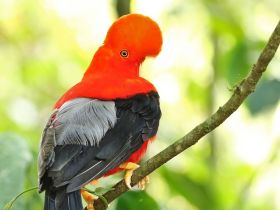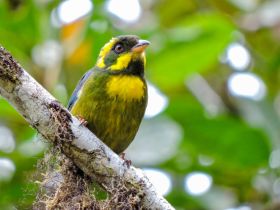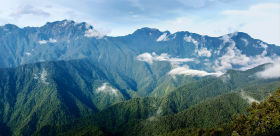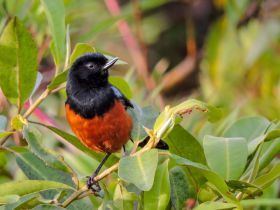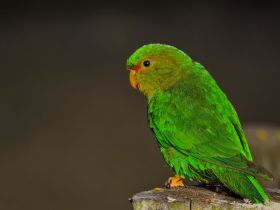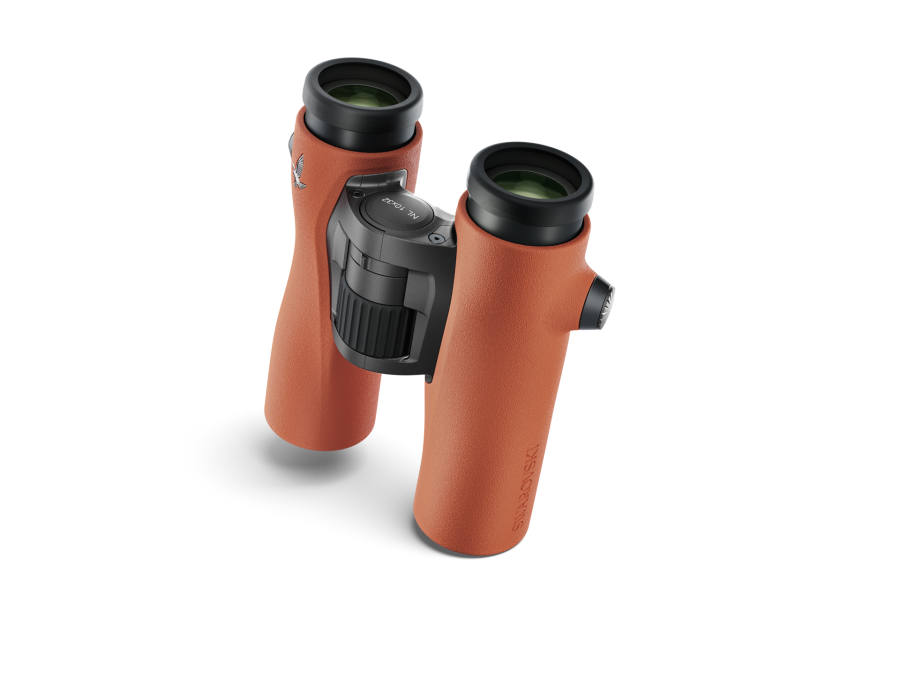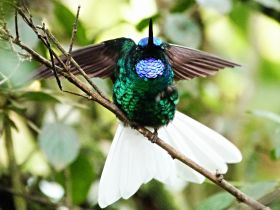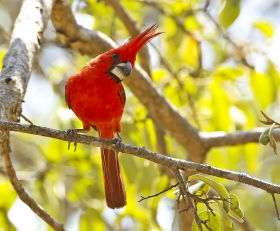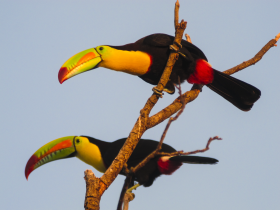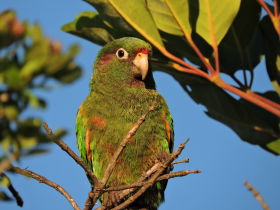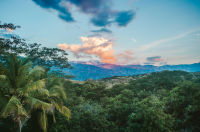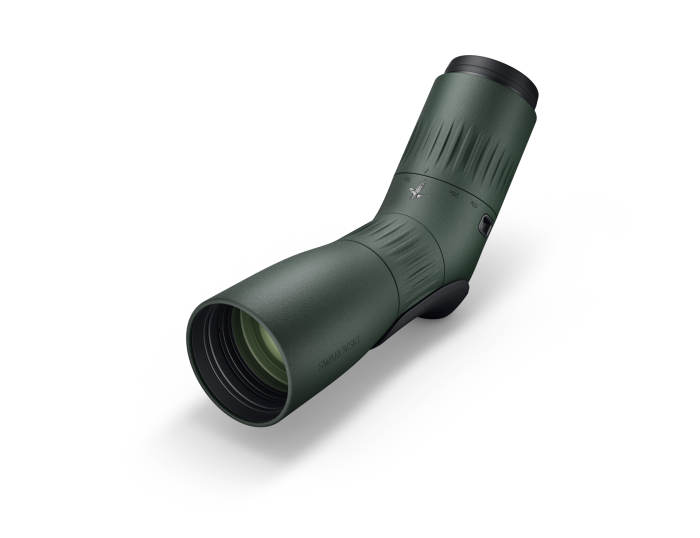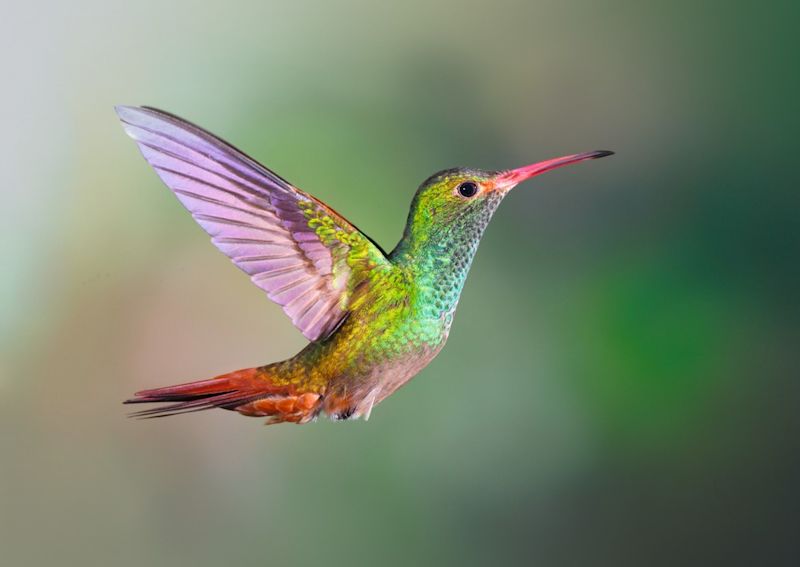Colombia is a birder's paradise. With almost 2,000 bird species and counting, the world's most bird-diverse country is the gift that keeps on giving for nature-lovers. You could dedicate years to exploring the hidden corners of Colombia and still not have scratched the surface. Yet, certain hotspots are worth prioritizing for nature-lovers visiting Colombia.
The Western-Central Andes Trail
A 10-day loop of the Western and Central Andes is a wonderful introduction to Colombia's diverse landscapes and ecosystems. You can start in the rolling mountains of southern Antioquia region, where you can enjoy lekking Andean Cock-of-the-rock before touring a working coffee farm and exploring the Heritage Town of Jardín.
Further south is Manizales, a vertiginous university city surrounded by some of Colombia's best birding sites, including the famous antpitta feeding stations of Río Blanco and the páramos of Los Nevados National Park, where you can see condors soaring over snowy volcanic peaks. The trip ends on a high-note along the staggeringly biodiverse Montezuma Road, where more than 600 bird species have been recorded, including Gold-ringed Tanager, Chestnut-bellied Flowerpiercer, and Dusky Starfrontlet.
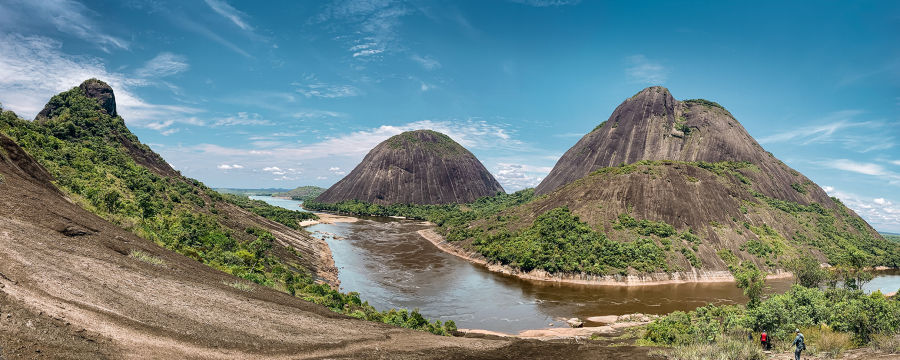

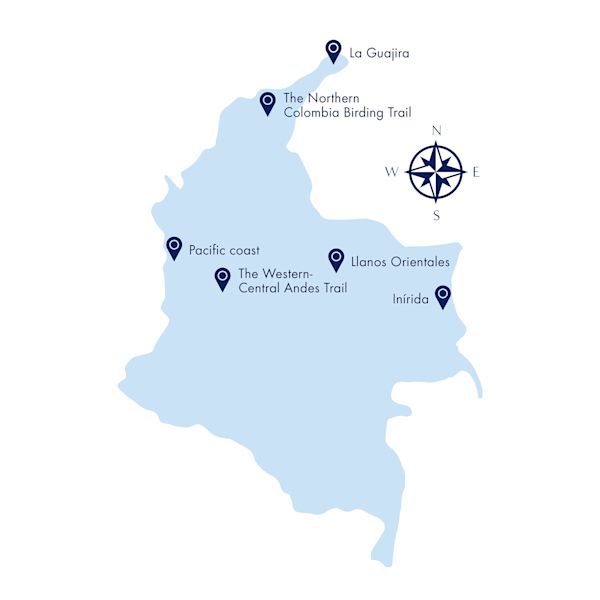
Inírida
The Colombian Amazon is a treasure-trove of rare birds, mammals, and unique Indigenous cultures, and there's nowhere better to experience this intoxicating mix than Inírida. This small riverside city is ideal for exploring a mixture of habitats, including white-sand forest and ticking-off regional rarities like Capuchinbird and Pompadour Cotinga.
A couple of hours south along the Inírida River are the majestic Mavecure Hills, three of the Guiana Shield's westernmost remnants. A dawn hike up these hills, as the sun rises over the endless expanse of the Amazon and Orange-breasted Falcons wheel overhead, is one of Colombia's most unforgettable travel experiences.
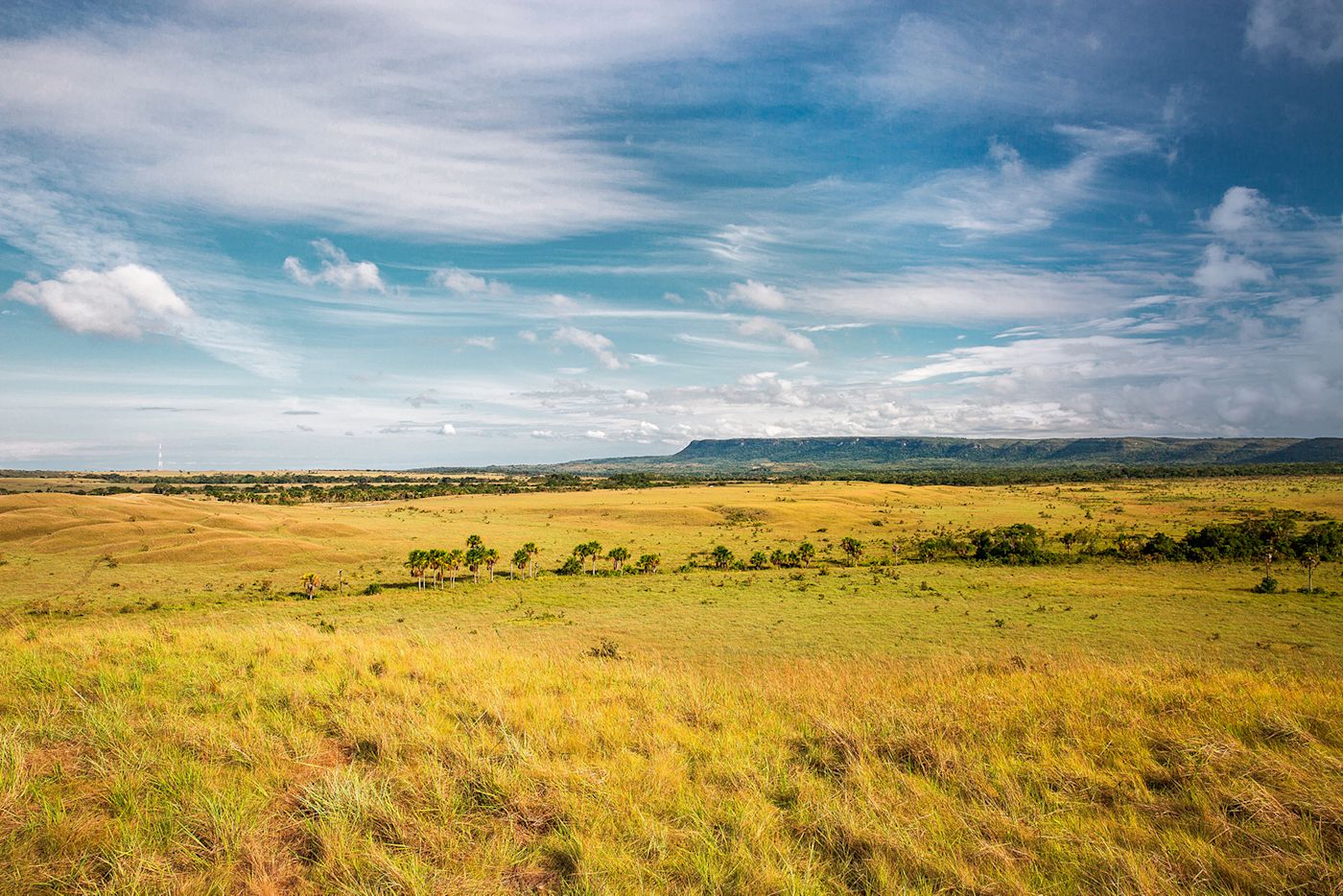
Colombia's vast Eastern Plains are fast becoming one of South America's top wildlife-watching destinations. Jaguars and pumas stalk the riverside forests, while giant anteaters, capybaras, and tamanduas march across the windswept grasslands. The lakes and rivers are home to giant otters and vast flocks of waterbirds and watched over by the beady eyes of caiman and anacondas.
The Llanos are a wildlife photographer's dream, while the more hardcore birding crowd will enjoy sightings of range-restricted species like Pale-headed Jacamar and White-bearded Flycatcher. A horseback ride accompanied by Colombian cowboys is a special way to experience the wildlife of the plains at close-quarters, or for those who fancy a more relaxed experience, there's always the option of an open-top jeep safari.
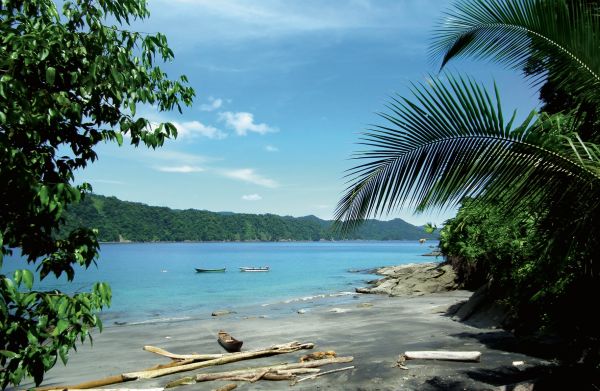
Discovering the
Pacific Coast
Colombia's Pacific coast stands in stark contrast to the more accessible and touristic Caribbean: with virtually no road access, this wild stretch of coastline is characterized by dense tropical jungle, rain-soaked black sand beaches, and muddy rivers snaking down from mist-shrouded mountains before merging with the pounding surf. It's also one of Colombia's most biodiverse regions. Visit between June and October to enjoy close-up views of humpback whales, or from September to December to witness Olive Ridley Sea Turtles laying their eggs.
Year-round, nature-lovers can enjoy sightings of speciality bird species like Sapayoa, Humboldt’s Sapphire and Baudó Oropendola, as well as rainforest hikes in search of colourful poison arrow frogs. Adventurous travellers might even take a surfing lesson. You can end the day in one of the region's beachfront ecolodges, sipping traditional local cocktails to the intoxicating rhythms of currulao and marimba music.
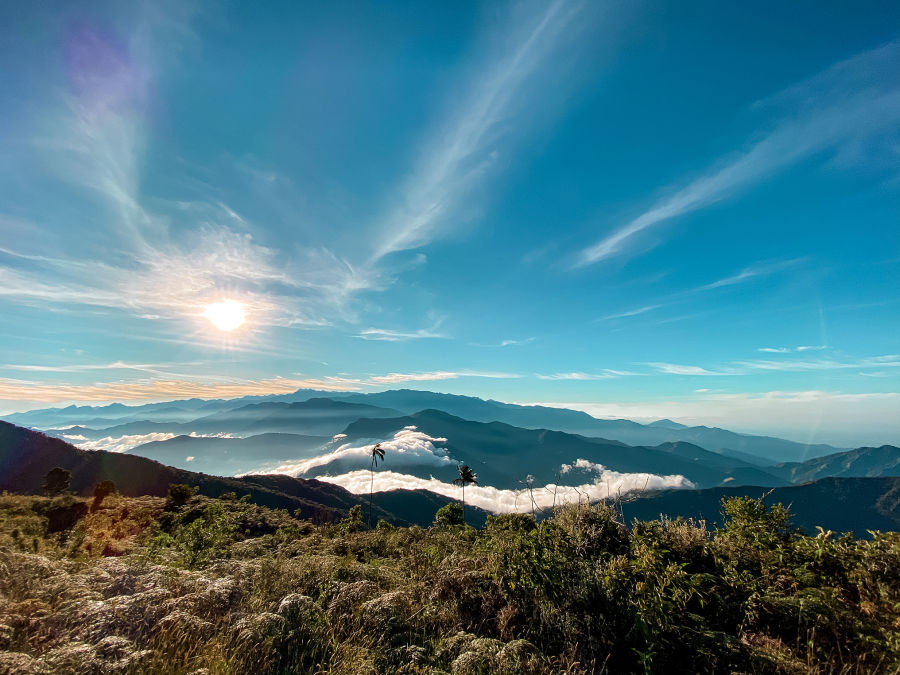
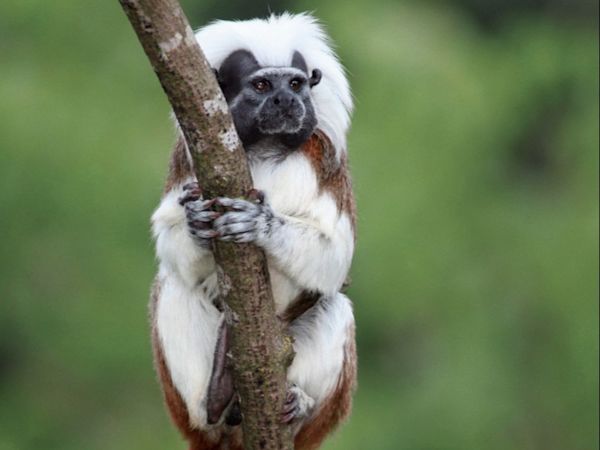
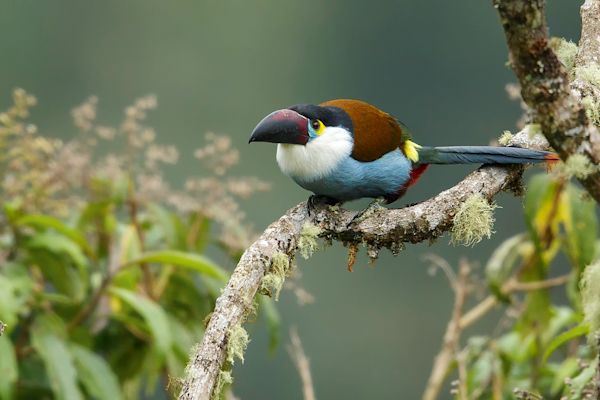
The Northern Colombia Birding Trail
Colombia's Caribbean coast is a paradise of white-sand beaches, delicious seafood, romantic cities like Cartagena and Santa Marta, and some of the world's best birding. The Sierra Nevada de Santa Marta Mountains have been recognised as one of the world's most irreplaceable ecosystem, thanks to their high concentration of endemic flora and fauna species.
This area is the focal point of the Northern Colombia Birding Trail, a route that includes the coastal deserts of La Guajira and Tayrona National Park. In the Santa Marta Mountains alone you can find 28 endemic bird species. Visitors can spot Cotton-top Tamarins, White-tipped Quetzals and Santa Marta Parakeets before enjoying a dip in the Caribbean or a tour of a cacao farm. And there's nowhere else on earth where you can stand with your feet in the warm waves of the Caribbean, gazing up at snow-capped mountain peaks in the distance.
Get inspired by the Birders and their Melodic Journey through Northern Colombia
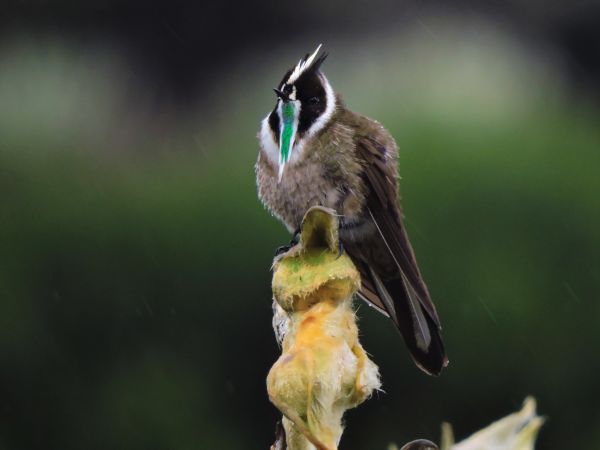
Colombia's capital
Bogotá
Colombia's capital has become a cultural and gastronomic hub in recent years. Also, it happens to be the perfect base from which to explore a range of habitats, including Andean moorlands, cloud forests, and tropical dry forests. You can spend your days exploring Chingaza National Park, Chicaque Park, and Tabacal Lake in search of endemic birds, sloths, and Andean bears, before dining out at some of South America's best restaurants or taking in a live salsa or cumbia show.
You don't even need to leave the city for magical wildlife encounters. The endemic Bogotá Rail can be spotted at La Florida Park, while a dawn trip to Monserrate Mountain on the cable-car will reward early-birds with close-up views of the surreal Sword-billed Hummingbird.
© Green-bearded Helmetcrest (Oxypogon
guerinii) - Manakin Nature Tours

About
Chris Bell:
Chris Bell is an English writer and birder who has lived in Colombia since 2011. He has worked as the editor of Colombia’s biggest bilingual travel blog, The Colombia Travel Blog, and contributed content to Culture Trip, World Nomads, Uncover Colombia, National Geographic Traveler, The Bogota Post, and CNN. He currently works as Head of Content for WhereNext, a production company in Colombia, and hosts a birding video podcast on YouTube, The Birders Show. Birding is his greatest passion and he has travelled to all 32 Colombian departments, observing over 1,400 bird species along the way. Chris Bell relies on his NL Pure 8x42 for his birding adventures.














